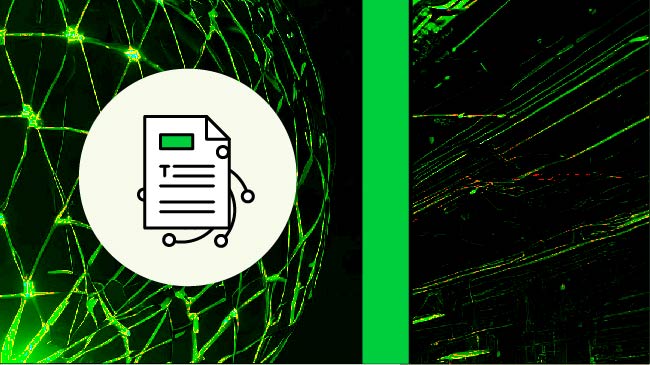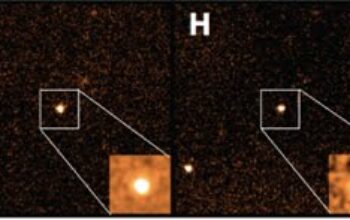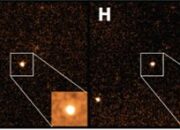In the fragile dance between technology and journalism, few phenomena have manifested as profoundly transformative as the rise of quantum technology. This ephemeral field, marked by its abstruse principles, has begun to permeate the journalistic landscape, evoking curiosity akin to the enigmatic whispers of Schrödinger’s cat. Infoblendr, an emerging platform at the vanguard of this movement, is adeptly navigating the complexities of quantum tech journalism, illuminating both its capabilities and its myriad implications. The alchemy of quantum mechanics, once relegated to the darkness of academic obscurity, now demands a spotlight, and Infoblendr has positioned itself as a harbinger of this change.
At its essence, the advent of quantum technology represents a paradigm shift in our understanding of informational architecture. Quantum bits or qubits, unlike their classical counterparts, possess the extraordinary ability to exist in superposition—an exhilarating state of both one and zero simultaneously. Such an intricate concept challenges the very foundations of conventional computation and communication, sparking an insatiable desire for comprehension. Infoblendr thrives by translating this complexity into digestible narratives, thereby demystifying quantum phenomena for a broader audience.
The rise of quantum tech journalism marks not merely a byproduct of technological advancement but also a philosophical reawakening. As journalists chronicle breakthroughs in quantum theories and applications, they tether the scientific lexicon to the aspirations of a society yearning for innovation. The narratives crafted by platforms like Infoblendr encapsulate the quintessence of human curiosity, delving deep into the implications of quantum entanglement, teleportation, and cryptography. This journalism transcends the mere documentation of facts, transforming into a contemplative exploration of how these advancements may redefine the essence of existence.
What sets Infoblendr apart in this journalistic renaissance is its adept integration of interdisciplinary frameworks. By harnessing insights from physics, computer science, and even philosophy, Infoblendr creates an intricate tapestry of knowledge that appeals to not just scientists but also the philosophically inclined reader. This innovative approach cultivates an environment where abstract theories materialize as tangible concepts. Through engaging analogies and vivid metaphors, readers are invited to journey through the labyrinthine corridors of quantum mechanics, awakening to the symphonic interplay between theory and reality.
Sampling the lexicon of quantum technology journalism reveals a landscape teeming with unique terminology that merits exploration. Terms such as “quantum supremacy” and “quantum entanglement” ignite a fascination that extends beyond the confines of traditional reportage. The quizzical nature of these concepts fosters a dialogue that intertwines scientific literacy with everyday experiences. Think of quantum entanglement, for instance: a phenomenon where particles become inextricably linked, communicating instantaneously regardless of distance. Infoblendr intersperses such terms into narratives, thereby promoting a literacy that provokes thought and challenges preconceptions about connectivity.
Moreover, the ethical considerations surrounding quantum technology serve as a critical focal point for Infoblendr’s journalistic endeavors. As the capabilities of quantum computing advance, so too does the potential for unprecedented power held in the hands of a select few. This journalistically rich subject beckons a conscientious exploration of equity and access. The responsibility to disseminate knowledge broadly, ensuring that the wonders of quantum technology do not birth a new era of digital feudalism, rests heavily on the shoulders of those who write about it. Infoblendr, recognizing this obligation, amplifies voices entreating a conscientious dialogue, urging society to grapple with the moral dilemmas posed by its prodigious advancements.
The allure of quantum tech journalism also lies in its narrative architecture, akin to a quantum state where possibilities converge into a narrative continuum. Infoblendr crafts stories which encapsulate the tension and excitement of ongoing research. Each breakthrough, characterized by serendipitous discoveries and calculated risks, paves the way for new inquiries, embroidering the fabric of scientific narrative with threads of unpredictability. The storytelling approach within this genre not only encapsulates the triumphs of innovation but also accentuates the frustrations and complexities inherent in scientific exploration.
In traversing the dual pathways of advocacy and education, Infoblendr symbolizes more than just a journalistic endeavor; it embodies a commitment to fostering an informed society. By expanding public discourse around quantum technology, this platform champions inclusivity and engagement, inviting individuals from diverse backgrounds to partake in conversations that shape the future. The intricate narratives inform and challenge assumptions, birthing a new public consciousness where science becomes accessible, relatable, and, quite importantly, exciting.
As Infoblendr exemplifies the rise of quantum tech journalism, it serves as a poignant reminder of our collective responsibility to engage with complex subjects that will undoubtedly shape our future. In the interstice of technology and media, the journey towards understanding quantum phenomena is just beginning, beckoning readers to explore, question, and ultimately embrace the uncertain yet exhilarating adventure that lies ahead. In this quantum arena, where the laws of probability entwine with human ingenuity, the stories we tell not only reflect our current understanding but also cast a vision for the vast potential yet to unfold.










